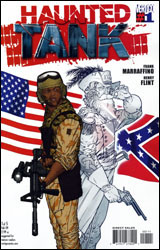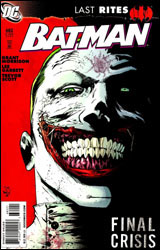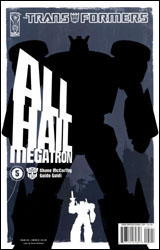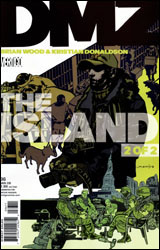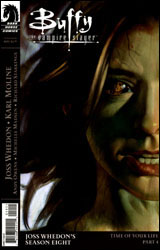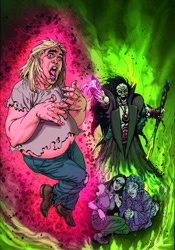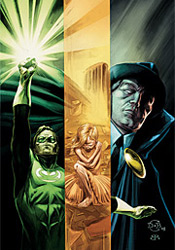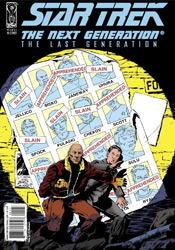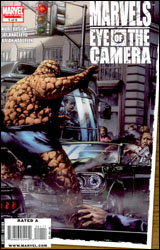
Although Ross is occupied elsewhere, original writer Kurt Busiek has returned to the property he co-created a decade and a half back. His familiarity with both the characters and, perhaps more importantly, the tone and subject matter, cannot be overstated. I can't imagine this series working nearly as well under another writer's watch, and although the original Marvels covered a wide array of crucial moments in the publisher's timeline, there's no shortage of good material to burn in the follow-up. This month, for example, we're looking at the moment the floodgates opened, when the Fantastic Four held their first press conference and the flow of new heroes burst forth like a blast of water from the fire hose. Where before, the nation was certain that every new face who opposed the Axis Powers was friendly, in the years after the war that distinction has become much less clear-cut. It's a natural follow-up, one that will be welcomed by fans of the original, but it's missing the fire that made its first run so compelling.
Artist Jay Anacleto wisely doesn't try to match the efforts of his famed predecessor. Even after all this time, there isn't anyone quite like Alex Ross, and though Anacleto does adopt a style that vaguely mimics the painter, he injects enough originality to avoid a direct comparison. Problem is, the new artist's work isn't strong enough to make readers forget about what had come before.
A big part of what made the original Marvels work was its tremendous visuals, which jumped right off the page and into our world. They were sharp, colorful, but most of all relatable. The very concept of a pedestrian perspective into a superhuman world banks entirely on the power of the book's illustrations, and despite his best efforts that's just something Jay Anacleto isn't able to deliver here. His characters don't feel natural; the world they occupy is washed out and short on contrast. Everything is painted over with the same shade of soft, muting gray, like the entire country is dozing off. His compositions retain that same sense of the mundane; the everyday sense that made the spectacular seem like a part of our own world, but his execution is off. Rather than enhancing the ordinary, he's muted the incredible.
As a direct continuation of the original Marvels, Eye of the Camera is suitable. It touches the same bases, asks similar questions and retains the sense of wonder, though this time it's laced with a growing sense of mistrust. It's every bit the spiritual successor I have to think it was intended to be, but it's almost too much of the same thing. When the original series landed, it was like nothing we'd ever seen before, a human perspective into a traditionally superhuman world. Now, years later, it's not quite so original nor so endearing. As a follow-up, this is par for the course. No better, no worse. Borrow it.
Overall Score: 7
